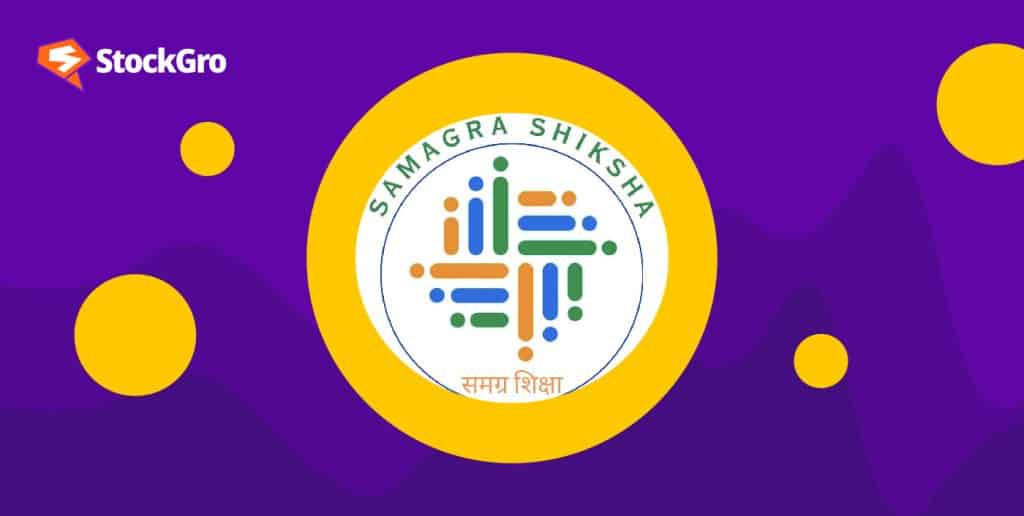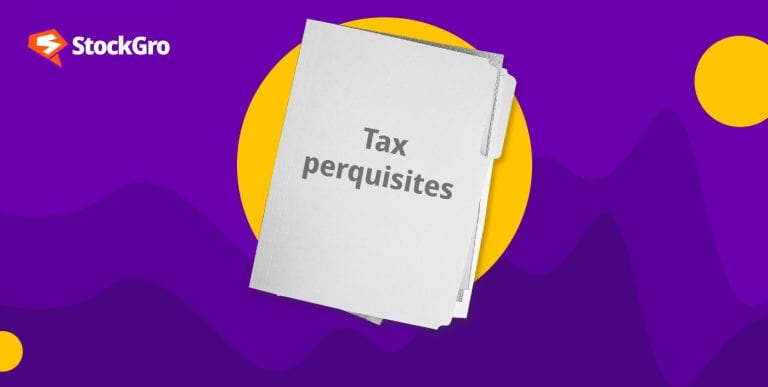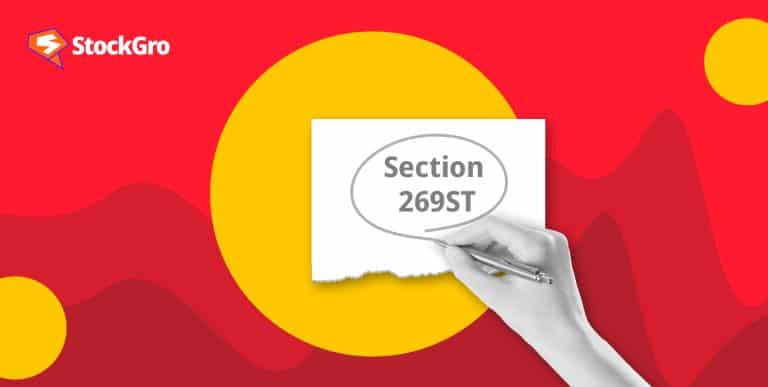
Our country is giving its education system a major makeover. The government is pumping in almost ₹2.94 trillion financial outlay through an ambitious programme called Samagra Shiksha. The initiative is set to redefine learning experiences nationwide.
About the scheme
Back in 2018, Samagra Shiksha was dreamt up with a big vision. It aims to offer top-notch learning opportunities for the entire gamut. It combines three older concepts: the SSA, RMSA, and TE, i.e., the Sarva Shiksha Abhiyan, Rashtriya Madhyamik Shiksha Abhiyan, and finally, Teacher Education. It creates a more effective and unified education system.
In fact, the merger into one single programme under the Samagra Shiksha Abhiyan logo was a strategic move. It helped to combine resources for better use. This way, we can address the different needs of the education sector more easily. Therefore creates a more effective and unified education system.
The undertaking is also consistent with the fourth Sustainable Development Goal. And considers education as a continuum. The scheme will operate starting from the 2021-22 school year and ending in the 2025-26 school year.
The main goal is simple: quality education. Samagra Shiksha scheme understands that students come from different backgrounds. It recognises their diverse languages and learning abilities. The programme creates an inclusive classroom environment. Every student can take part in the learning process.
Also read: Rise of the education sector in India: Potential and top stocks to invest
The main objectives
- The core purpose is to help states along with union territories to carry out progressive ideas of the National Education Policy.
- Equally crucial is in line with the Right of Children to Free and Compulsory Education Act. This act ensures that age 6 to 14 kids get free education.
- Another policy of attention is Early Childhood Care and Education. This initiative nurtures young minds right from the start. Prioritising foundational literacy and numeracy is vital. The programme aims to build strong reading and maths skills early on.
- Holistic and integrated curriculum development is also on the agenda. Activity-based learning methods are promoted to equip students with 21st-century skills. Enhancing learning outcomes and ensuring high-quality education are paramount goals.
- As noted earlier, addressing social and gender disparities is paramount. Samagra Shiksha portal aspires to create an inclusive education system. Equity and inclusion are non-negotiable.
- Boosting SCERTs and DIETs to enhance teacher training. They are the main agencies for teacher training the State Institutes of Education and District Institutes for Education and Training (DIET)/State Councils for Educational Research and Training (SCERTs).
- Samagra Shiksha’s logo guarantees that learning environments are secure, enabling a space where students can flourish. Meeting minimum schooling standards is critical for effective learning.
- Lastly, the programme champions vocational education. Melding vocational training into the curriculum drills students for various career paths.
You may also like: How to Apply for a Personal Loan for Education?
Why Samagra Shiksha?
A comprehensive approach to education
Samagra Shiksha views education as a continuous journey from prekindergarten to Class XII. It includes all levels, assuring a seamless transition for students through their academic stages.
Reforming administration
The scheme creates a unified administrative structure. States have the flexibility to prioritise their interventions. By treating school education as a continuum, it aims to harmonise implementation across regions.
Raising the education standard
Quality is a core goal. Teachers and technology are the two main areas of emphasis for the programme. It is in line with two programmes for this purpose: the Padhe Bharat Badhe Bharat programme, which encourages basic skills at the elementary level, and the Rashtriya Avishkar Abhiyan, which supports gaining knowledge of science and maths.
Enhancing digital education
Digital technology plays a powerful role, especially after the pandemic. The Shiksha Samagra portal introduces the ‘Operation Digital Board’ in secondary schools, transforming them into flipped classrooms.
Strengthening school infrastructure
Transport facilities for children from first to eighth standard are improved. The composite school grant has been significantly increased, ranging from ₹25,000 to ₹1 lakh, based on enrolment. Specific provisions for ‘Swachhta’ activities support the ‘Swachh Vidyalaya’ initiative.
Empowering girl education
Kasturba Gandhi Balika Vidyalayas is now for Class VI to XII. The scheme includes self-defence training for the female child.
Promoting inclusion
Uniform and textbook allocations under Right to Education have been enhanced. Children with special needs receive increased support, including a monthly stipend for girls from Class 1 to 12.
Focusing on skill development
From grade 9 to 12, Samagra Shiksha portal students list school wise learn the practical skills. Making them job-ready. This isn’t just theory. The ‘Kaushal Vikas’ programme supports these efforts.
Physical education
Sports education is now mandatory. Schools receive sports equipment, with primary schools getting ₹5k, upper primary schools ₹10,000, and secondary schools up to ₹25k.
Ensuring regional balance
The scheme promotes balanced educational development. It gives attention to educationally deficient areas, districts impacted by left-wing extremism, border areas, special focus districts, and Niti Ayog’s 117 aspirational districts.
Also read: The Mudra Yojana scheme: A lifeline for women entrepreneurs in India
Bottomline
Samagra Shiksha portal student mapping and the overall concept aims to transform India’s education system with a holistic, inclusive, and quality-focused approach. By integrating resources and addressing diverse needs, it strives to provide equitable and effective education for all students, preparing them for a better future.
FAQs
- Who launched samagra Shiksha?
Samagra Shiksha was launched by the Indian government. Specifically, it was initiated by the Ministry of Education. They wanted to improve the quality of education. This programme aims to unify different education schemes. It started in 2018. The goal is to support students from preschool to Class 12. It focuses on inclusivity and quality learning.
- What is the difference between samagra shiksha and sarva shiksha abhiyan?
Sarva Shiksha Abhiyan focused on elementary education. It aimed to provide free and compulsory education for children aged 6 to 14. Samagra Shiksha is broader. It covers education from preschool to Class 12. It combines Sarva Shiksha Abhiyan, Rashtriya Madhyamik Shiksha Abhiyan, and Teacher Education. This makes it more comprehensive.
- What is Diksha Samagra Shiksha?
DIKSHA stands for Digital Infrastructure for Knowledge Sharing. It’s an online platform. It provides digital resources for teachers and students. You can access textbooks, lesson plans, and interactive content. It’s designed to support teaching and learning. Teachers can use it for professional development. Students benefit from its study materials. DIKSHA is part of the Samagra Shiksha initiative.
- Which three schemes are included in Samagra Shiksha?
Samagra Shiksha includes three schemes. First is Sarva Shiksha Abhiyan. It focused on elementary education. Second is Rashtriya Madhyamik Shiksha Abhiyan. It aimed at secondary education. Third is Teacher Education. It improved teacher training. These three schemes are combined into one. This makes the education system more unified and efficient.
- What is the full form of samagra?
Samagra Shiksha doesn’t have a full form. It’s simply the name of a scheme. The name means “holistic education.” It focuses on improving education from preschool to Class 12. The aim is to provide quality and inclusive education for all students.

